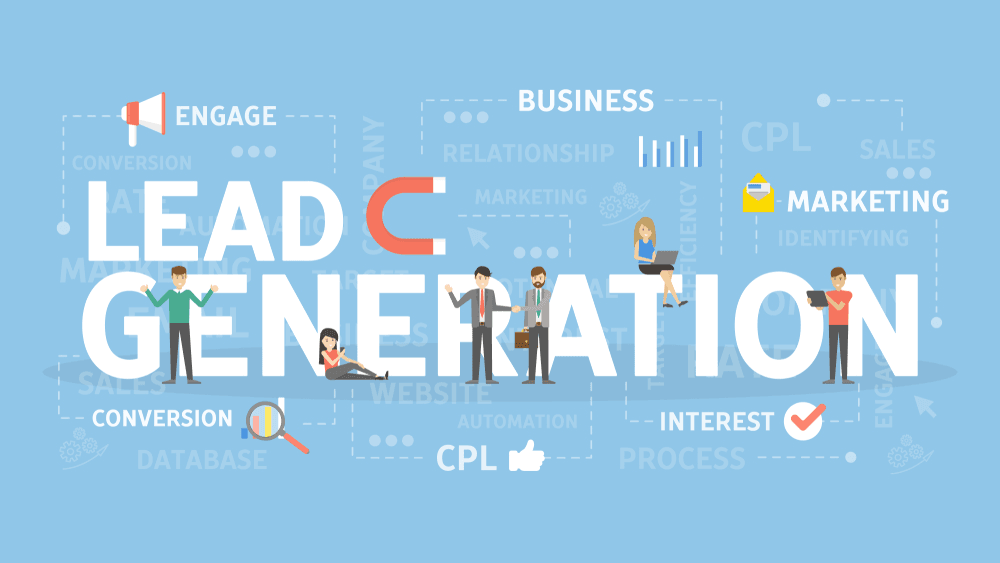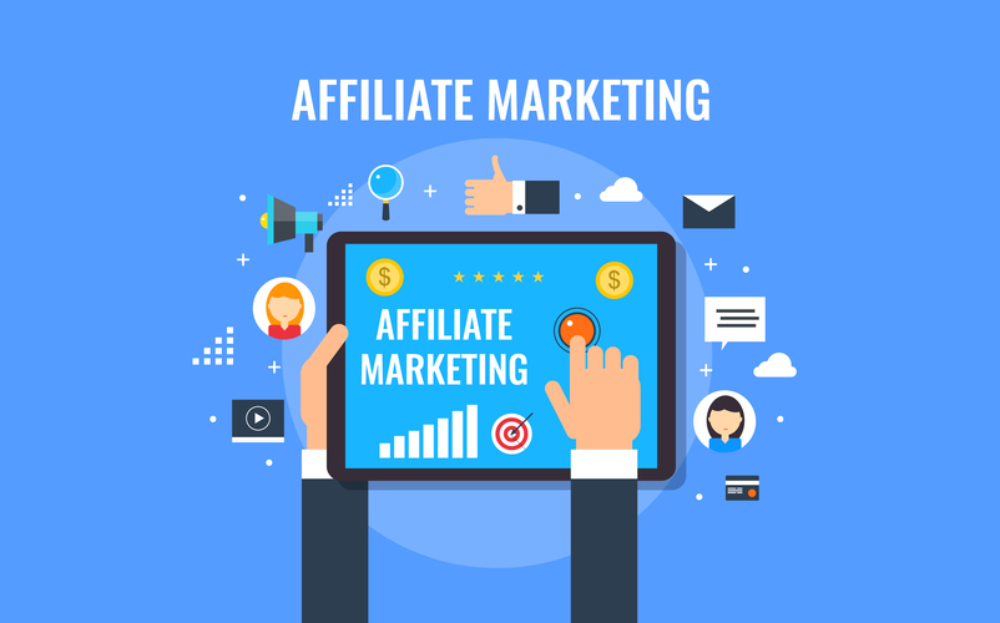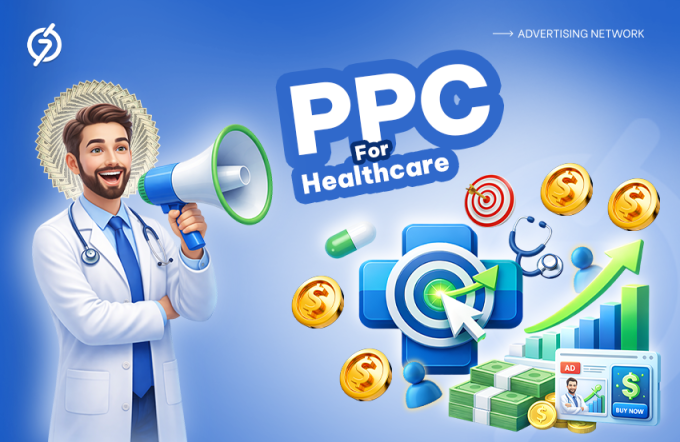There are different forms of online advertising available for us to deliver the message effectively to our target audience. A leaderboard ad stands out as the most reliable ad format that offers high visibility and engagement. But before we discuss that, let’s first look at what the research company Statista says.
Ad spending in the Banner Advertising market is expected to reach $174.4 billion in 2024. From 2024 to 2028, it is projected to grow at an annual rate of 5.69%, reaching $217.6 billion by 2028. The United States will lead globally, with ad spending of $67.12 billion in 2024. On average, each internet user will contribute $31.5 to banner ad spending in 2024.
Online ads are only effective when placed where everyone’s eyes land first. The leaderboard ad is the master of achieving this. But what makes it so effective? Its size, 728 pixels (width) by 90 pixels (height), plays a significant role.
However, size is not everything. Let’s explore examples and strategies for creating leaderboard advertisements that attract attention and deliver results.
Leaderboard Ad: An Online Ad That Leads The Competition
Whether it’s about increasing ad revenue or attracting high-quality traffic to websites and apps, publishers and marketers view the leaderboard ad as the top choice among ad formats. So what is the nature of this ad, and where is it most commonly found? Let’s find out.
A leaderboard ad is a large, horizontal banner used in digital advertising to capture user attention and drive clicks. Typically available in image or text formats or a mix of both, these ads are strategically placed in high-traffic areas on the websites and apps to maximize visibility and engagement. The most common size for a leaderboard is 728×90.
Optimal Placement of Leaderboard Advertisements
These ads can be positioned at the top, middle, or, occasionally, the bottom of a webpage. When placed at the top, they appear above the website’s header or logo, ensuring prime visibility. If placed in the middle, they are often surrounded by content, making them more integrated into the page.
Although text leaderboards can display multiple ads, image leaderboards are more prevalent and can be animated to further enhance click-through rates. Despite their effectiveness, placing leaderboards at the bottom of a page is less common due to lower visibility, and you don’t want it, right?
“One of the top-performing ads in our ad network 7SearchPPC is the Leaderboard Ad.”
The Advantages of a Leaderboard Ad
Leaderboard ads are a popular format in online marketing due to their prominent placement and ability to capture attention. If you are unsure whether a leaderboard ad is the best choice for you, consider these key advantages to help boost your confidence:
Offers High Visibility
When you visit a website, what does your eye notice first? The top bar of the site, right? Leaderboard advertisements are positioned at the top of a webpage, making them highly visible. The prime location ensures that the ad is one of the first things a visitor sees, immediately capturing their attention and increasing the chances of engagement. When you successfully capture attention and increase engagement, you can experience high traffic and conversions for your business.
Grabs Attention Instantly
Leaderboard ads are experts at grabbing attention. Their large size and strategic placement at the top of a webpage make them instantly noticeable. Competition for grabbing attention is becoming fiercer every day. Leaderboard advertisements capture attention in a split second, making it easier for advertisers to promote their offerings effectively. These ads make sure that the advertised message is seen and considered before users take their step forward in other content.
Higher Click-Through Rates
Leaderboard ads often have higher click-through rates (CTR) compared to other ad formats. These ads cover the full width of the top of a webpage, leaving a lot of empty space on the sides. This makes them less intrusive than many other ad formats. Their prominent top-of-page position gives them immediate visibility, making them more likely to be noticed and clicked on.
While the actual CTR can vary based on factors like industry and ad quality, these ads inherently offer a greater chance of capturing user attention due to their placement. A well-designed leaderboard ad can further enhance this advantage, resulting in even higher click-through rates.
Easy to Implement
Leaderboard advertisements are created to be user-friendly for both advertisers and publishers. Their standardized dimensions simplify the creation and implementation process, making them compatible with most websites and ad servers. This simplicity helps advertisers start ad campaigns quickly and lets publishers easily add these ads to their sires.
Good User Experience
Leaderboard ads benefit both advertisers and publishers indirectly. Unlike annoying ad formats like pop-ups or full-screen ads, these ads stay at the top of the page and don’t interrupt the user’s browsing. This means users can navigate and enjoy content without feeling overwhelmed by online ads.
This smooth, non-intrusive approach helps create a better experience for users, making leaderboard advertisements a popular choice among website visitors. And you already know that when visitors are happy, it’s a good sign for your advertising objectives.
How to Design an Effective Leaderboard Ad: Best Practices
Anyone can create their own online ad, but only a few take the time to research the best practices for optimal results. By following these best practices, your leaderboard ad will stand out and deliver impressive results:
Prioritize Visual Impact
A leaderboard has limited space, so every pixel counts. You can use high-quality, attention-grabbing visuals that resonate with your target audience. The image should be relevant to your product or service and convey your message quickly. You must avoid cluttered designs and ensure the image is optimized for fast loading to prevent user frustration. Here, you can use different sources like YouTube and blogs/guides to take the idea of adding visuals to your banner ads.
Focus on Your Headline
The headline is your first and often only chance to grab attention. You must keep it concise, clear, and benefit-oriented. Use strong action verbs and create a sense of urgency or curiosity. A well-crafted headline should entice users to explore further. You can also consider A/B testing different headlines to find the most effective one. Once you do, you will be halfway to a successful ad campaign.
Don’t Forget to Add a Powerful Call-to-Action (CTA)
A clear CTA tells users what you want them to do. It is essential to use strong, action-oriented language like “Book Now,” “Learn More.” or Sign up.” Try to make the CTA button visually prominent and contrast with the background. But before you finalize CTA for your Leaderboard ad, test different CTA placements and button colors to optimize click-through rates.
Attract Mobile Users
As of March 2024, there are about 4.88 billion smartphone users worldwide, 635 million more than the previous year. This number is expected to keep rising, with predictions suggesting it will hit 7.1 billion in 2024, 7.3 billion in 2025, and 7.7 billion in 2027. These figures clearly indicate the escalating number of smartphone users each year. So why don’t we focus on them as well?
You must ensure your leaderboard ad is responsive and displays correctly on different screen sizes. Consider using a larger font size and simplifying the design for better readability on smaller screens. Test your ad on various devices to identify and fix any display issues.
Test Again and Again
Design is an iterative process if you are looking for the best result. You can’t get the best result on the first attempt. To get the best result, you should create three or four ad variations and test them to see which performs best.
Look and keep track of key metrics such as click-through rates, conversion rates, and engagement to measure ad effectiveness. Analyze the data to identify areas for improvement and make necessary adjustments. Continuous optimization is crucial for maximizing the impact of your leaderboard ads.
Use of a Leaderboard Ad in Various Campaign Objectives
There are always clear-cut objectives behind the selection of the ad format. We have researched that advertisers can use a Leaderboard ad in various campaign objectives, which are given below:
Brand Awareness Campaigns
Leaderboard ads are perfect for increasing brand visibility. Their prominent placement at the top of the page ensures that they are seen by a large audience. By creating visually appealing ads with clear and concise messages, brands can effectively implant their name in viewers’ minds. This prime positioning and strong creative elements work together to improve brand recognition and recall.
Lead Generation Campaigns
When you have leads in your hands, you can easily convert them into a business. But what do you do when you don’t have leads? That’s when a Leaderboard ad comes to your rescue. These ads are crucial for generating leads. Their prominent position at the top of the page effectively captures attention, driving clicks and website traffic.

By creating compelling calls to action and providing valuable content on landing pages, businesses can convert visitors into leads. This high visibility, combined with persuasive messaging, makes leaderboard ads a powerful tool for nurturing potential customers and growing the customer base.
Affiliate Marketing Campaigns

Leaderboard ads are also helpful for affiliates because they are placed where people can easily see them. The attractive visuals and compelling text encourage users to click and buy. Affiliates can enjoy high click-through rates, which means more commissions on every successful action. This powerful ad format is a favorite for affiliates aiming to boost their earnings.
Retargeting Campaigns
When a visitor comes to your website and exits without attempting a desired action, it is no longer a failure. You can easily re-target them with a leaderboard ad. These ads are used to re-engage website visitors.

By showing ads tailored to users’ past browsing, businesses can remind them about items left in their cart, products they viewed, or actions they didn’t complete. This targeted method boosts the chances of conversions and improves overall display ads campaign results.
Common Issues and Solutions for Leaderboard Ads
We learned that these ads are a popular format due to their large size and visibility, but they can come with a few common issues. Here are some common issues and their solutions:
Low Click-Through Rates
- Issue: These ads often have lower CTRs due to their limited size and placement:
- Solutions: To boost your CTR, focus on creating eye-catching ads with relevant images or animations and strong and clear calls to action. Ensure your ads are shown to the right audience with precise targeting. Also, keep testing different ad designs and placements to see what works best.
Ad Blocking
- Issue: Ad blockers can significantly reduce ad visibility and revenue.
- Solutions: To tackle ad blocking, utilize ad tech tools to detect users with ad blockers and consider providing a premium ad-free option. Enhance ad acceptance by serving contextually relevant banner ads. You can also provide alternative methods for them to support your website.
Slow Loading Times
- Issue: Slow-loading ads can frustrate users and impact overall page load speed.
- Solutions: To speed up ad loading times, you can use lightweight ad formats like dynamic ads and reduce image file sizes while maintaining quality. You can also optimize your ad server and use a content delivery network (CDN) to spread ad content across multiple servers.
Learn From These Leaderboard Ad Success Campaigns
The best approach for any advertiser is to draw inspiration from successful ad campaigns before creating their own. Here are examples of top companies that primarily use leaderboard ads in their promotional campaigns:
Nike
Nike often uses leaderboard ads on sports and lifestyle websites to promote new product launches, special offers, or major events like the Nike Run Club. They typically focus on featuring eye-catching visuals of their latest athletic gear to attract the attention of active and sports-focused audiences.
Coca-Cola
Coca-Cola uses leaderboard ads on major news and entertainment websites to promote its drinks, seasonal campaigns, or brand events. They usually include bright images, engaging visuals, and calls to action in their 728×90 ads to increase brand awareness and engage customers.
Apple
Everyone loves a “semi-cut” apple. No, it’s not about the fruit; it’s about a brand known as a market leader in its field. We are talking about the tech giant “Apple.” Many of you might already own one of their products or aspire to buy one, influenced by their popularity and effective leaderboard advertisements.
They use leaderboard ads on technology and lifestyle websites to highlight new products such as the latest iPhone, iPad, or Macbook. These ads typically show the sleek design and innovative features of their products, with high-quality visuals and direct links to the Apple Store for purchasing.
Conclusion
Where the advertiser’s hope fades due to intense competition, the leaderboard ad stands out as an effective way to grab attention and offer positive results. Its prominent placement, engaging format, and adaptability make it a top choice for businesses across different industries. By recognizing its strengths, following best practices, and drawing insights from successful campaigns, advertisers can make the most of leaderboard ads to achieve their digital marketing goals. Keep in mind that creating visually appealing, relevant, and compelling ads that connect with the target audience is crucial for success.
Frequently Asked Questions (FAQs)
What is a Leaderboard Ad?
Ans. It is a type of online ad that is displayed at the top of a webpage. It is like a big banner that everyone sees when they visit a website.
Why are Leaderboard Ads effective?
Ans. These ads are effective because they are highly visible. Since they are at the top of the page, people notice them right away. This means there is a good chance they will see your ad and click on it.
What are some common mistakes with Leaderboard Advertisements?
Ans. Some common mistakes with Leaderboard Advertisements are using irrelevant images, having an unclear message, and not testing different ad elements.
Can I use Leaderboard Ads for different types of businesses?
Ans. Yes, Leaderboard Ads can be used by businesses of all sizes and in many different industries. It’s a versatile ad format.
Can I use animation in my Leaderboard Ad?
Ans. Yes, you can use animation in your Leaderboard Ad to make it more engaging. However, make sure the animation is not too distracting or slow.


















